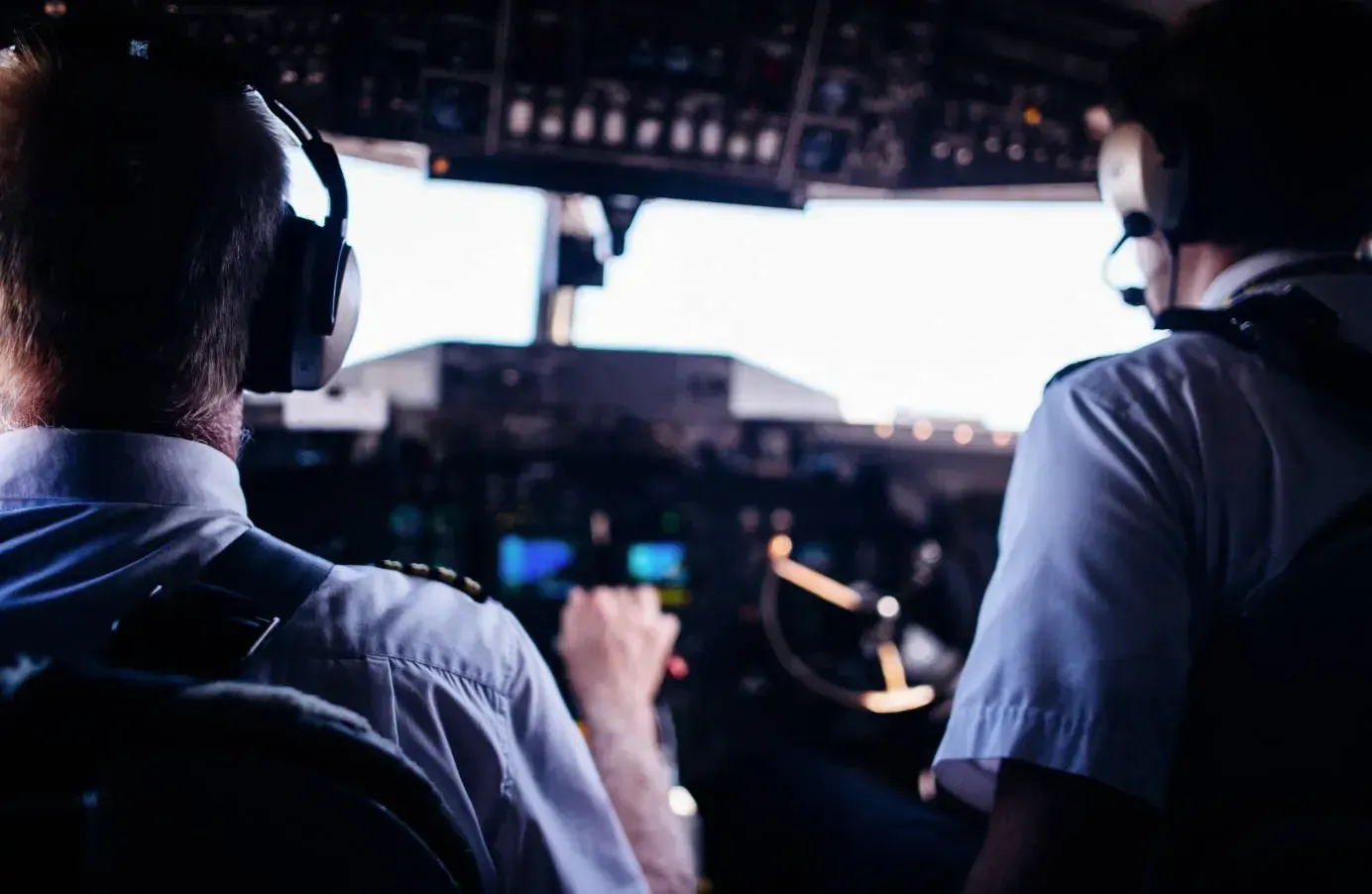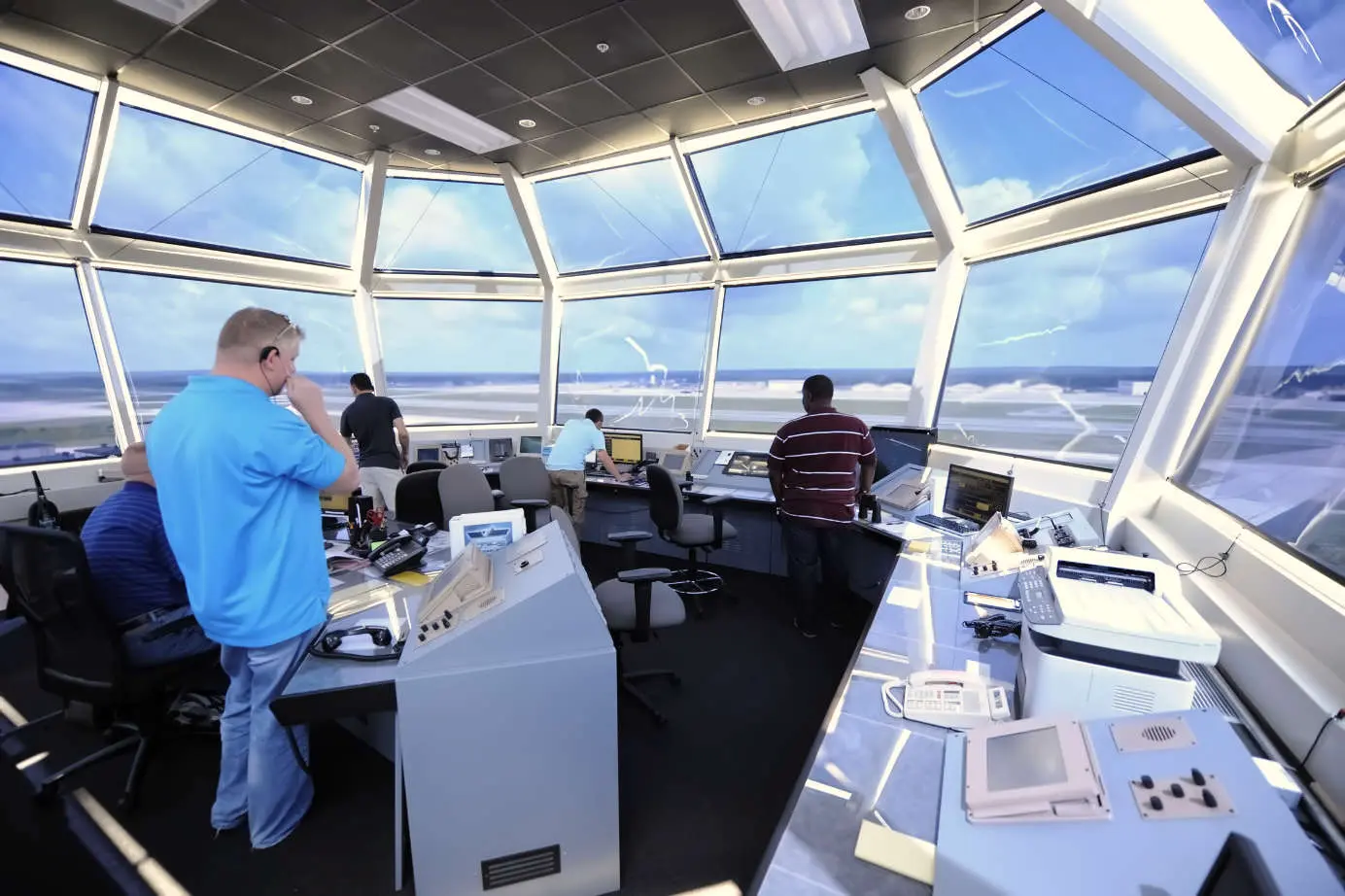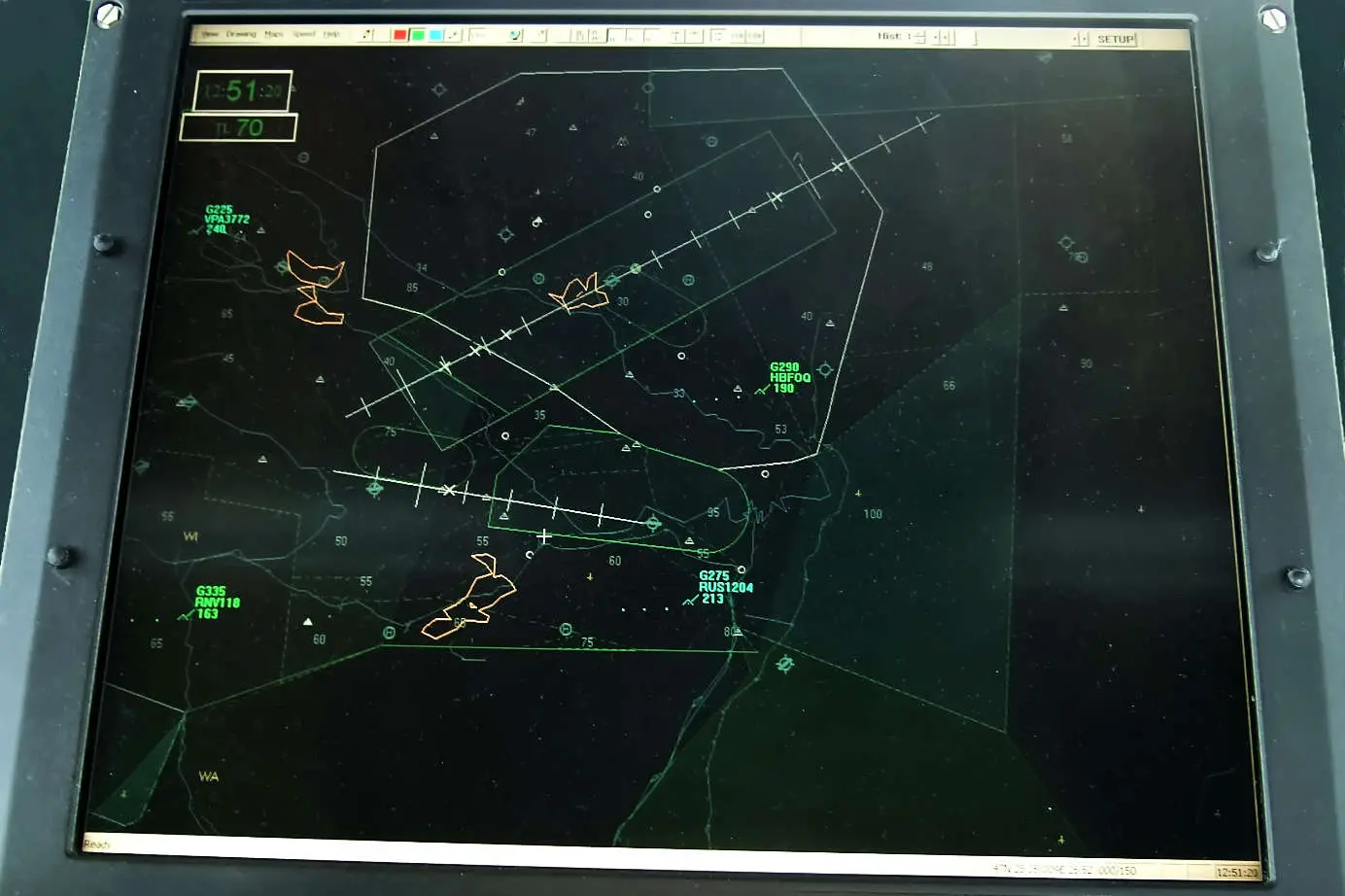
What Does Squawk Mean?
One of the most often used phrases you'll hear from ATC is "SQUAWK," but what does that actually mean? When is it used? Learn more here.
Table of Contents
If you ever listen in on radio communication between ground control and an aircraft, you will likely hear the word "SQUAWK" used quite a bit, often followed by a number. But what does Squawk mean? What is the history behind Squawk? Let's cover everything that you need to know.
The Definition of Squawk and Why It Is Used
Almost all aircraft will have a transponder built into them. The job of the transponder is to emit a small radio signal that tells ATC's systems where the aircraft is. This is important because a transponder that isn't showing up on the ATC radar is potentially dangerous. If nobody knows where the plane is, it can be challenging to ensure that no collisions occur and give information on where a plane should be flying (i.e., their altitude, etc.)
The SQUAWK code is a code that is tapped into the transponder. When a flight is about to take off, the ATC crew will tell the aircraft to tap a number into their transponder. This will typically be a 4-digit number. As long as that aircraft remains in that airspace, it will keep that SQUAWK number.
It is worth noting that while SQUAWK is mainly used to identify aircraft on radar, it isn't only used for that. A SQUAWK code can convey important information about the status of the plane. As you will see later, the SQUAWK code can indicate if an aircraft has lost communication, is dealing with an emergency, or has some other mechanical issue.
The History Of Squawk
In World War II, aerial combat was often happening.
The thing is that when you are engaged in an epic dogfight, it can be pretty tricky to determine who is a friend or foe. This means that you may have dealt with friendly fire or perhaps get knocked out of the sky by an aircraft you didn't realize was the enemy.
To combat this, each plane was outfitted with a transponder. This transponder would then be connected to air traffic control. An unknown aircraft would then be asked to give its transponder code. If the unidentified plane could not provide its transponder code, it was probably a threat, and it would be targeted. Simple stuff.
So, this leads us to the question, 'why is it called SQUAWK?'. Well, the system set up during World War II was known as Parrot. And, as you can imagine, people were pretty creative. A parrot squawks; thus, these numbers came to be known as SQUAWK codes. Again, simple stuff.
The systems we have now are just a natural evolution of this original system. Other than the assigned codes being seen on a RADAR system, there is nothing all that different about how codes are assigned and used. They are just aircraft identifiers. Although, of course, they are no longer being used to determine whether an aircraft flying through the sky is a friend or foe! It just happened to be a great idea for identifying planes.

How Squawk Works
As we said, whenever an aircraft is about to take off in an area controlled by ATC, it will be assigned a SQUAWK code. This will almost always be a 4-digit number, and the ATC will choose it. This will vary from flight to flight, so an aircraft will not always have the same SQUAWK number.
When ATC assigns the number, they will say "SQUAWK (number)". The pilot will then input this into the transponder. This code should not be changed until the aircraft lands (unless otherwise instructed to or if an emergency necessitates a change to the code - more on that later). If you enter another airspace under the control of another ATC, then the pilot may be asked to change the code on the transponder, but this is avoided wherever possible.
If an aircraft only uses airspace not controlled by ATC, e.g., private land, then it will not be assigned a SQUAWK. Instead, the pilots will always set their transponder to 1200. This is the default SQUAWK when no code is given.
Whenever ATC needs to keep an eye on an aircraft or communicate with it, they will do so using the SQUAWK code. Therefore, the pilot must remember the SQUAWK code that they have been assigned.
It is worth noting that the transponder can be used for more than just identifying an aircraft on radar. There are several features built into transponders that a pilot may need to use.
IDENT
As you can probably imagine, an ATC's radar can be pretty busy. This means that it can be incredibly tough to spot where specific aircraft are on their radar, and ATC does not have the time to look through every plane to work out who they are talking to.

Because of this, all modern transponders will have an IDENT button on them. When this IDENT button is pressed, the aircraft on the radar screen is enlarged. This means that the ATC can spot it in a fraction of a second and give information.
In most cases, an aircraft should not press the IDENT button unless asked to do so. It could mess up the ATC's operation if it is pressed when not asked to. The only time it should be used without permission is if an aircraft wants to draw attention to an issue it may be having.
Mode C
Any aircraft will now be fitted with a Mode C transponder.
A SQUAWK code lets the ATC team know where an aircraft is. It doesn't convey much more information than that.
However, for airspace to remain safe, a transponder will need to transmit altitude information. This will typically be a switch toggle called Mode C. This toggle will need to be on most of the time, depending on the airspace being flown in. A pilot will know whether they need to be transmitting their altitude information.
Squawk Code Examples
As we said, while SQUAWK codes are generally used to identify an aircraft, they have other uses. Some of these uses can vary between countries, but there does tend to be a good amount of agreement between them.
Unused SQUAWK Codes
The 0000 transponder code will never be used.
SQUAWK 1200
This is the transponder code that needs to be used if no other code has been assigned. As we mentioned, this code tends to be used by private aircraft that will not enter any airspace controlled by ATC, e.g., if a farmer is dusting their fields or private planes.
Remember, a pilot always needs to have their transponder switched on. It doesn't matter where they are flying. From the moment that the pilots switch on the engines until the plane lands, there needs to be a transponder code assigned. If it isn't, the aircraft is essentially invisible, which is dangerous.
SQUAWK 7500
This is used if the aircraft has been hijacked. How the ATC reacts will be dependent on the situation. In most cases, an aircraft that uses SQUAWK 7500 will scramble military aircraft. There certainly will be a lot of emergency services put on alert.
SQUAWK 7600
If an aircraft's communication systems are down, it will switch to SQUAWK 7600. Since the ATC will not be able to provide guidance on how to land, there are systems in place (usually light signals) that will assist with this.
SQUAWK 7700
If there is an emergency on board, then SQUAWK 7700 is used. This could be a medical emergency or a mechanical emergency. If an aircraft is displaying 7700, then the plane has priority. They can usually fly however they wish and can ignore certain flying rules. Many ATCs will be informed if an aircraft suddenly switches to 7700. An ATC may try and communicate with the aircraft to ascertain the emergency, but this may not always be possible.
London and British Codes
The UK has a vast system related to SQUAWK codes. For example, it assigns 0006 to any police vehicles, 0014 and 0015 to certain air ambulances, etc.
A lot of countries have very similar systems to this. It can be tough to become familiar with all of the rules. In fact, it has caused issues over the years, e.g., certain planes not understanding that some codes may indicate a hijacking, etc.
Conclusion
Hopefully, this has answered many of your questions about SQUAWK in aircraft. If you ever become a pilot, instructors will tell you everything about the rules of using SQUAWK. It is essential that it is used correctly. It helps to ensure that flying is as safe as possible.
If you are looking for other insights into the logistics in modern aviation, check out our post about what runway numbers mean.
Planenerd Newsletter
Join the newsletter to receive the latest updates in your inbox.






